The three main types of solar power systems are:
On-grid - also known as a grid-tie solar system
Off-grid - also known as a stand-alone power system
Hybrid - Solar system with battery storage with grid-connection
On-Grid System
These systems are connected to the public electricity grid and do not require battery storage. Any solar power that you generate from an on-grid system during the day is exported onto the electricity grid. Unlike hybrid systems, grid-tie solar systems are not able to function or generate electricity during load shedding or power outage due to safety reasons. If the solar inverter was still feeding electricity into a damaged grid it would risk the safety of the people repairing the fault/s in the network.
Off-Grid System
An off-grid system is not connected to the electricity grid and therefore requires battery storage. An off-grid solar system must be designed appropriately so that it will generate enough power throughout the year and have enough battery capacity to meet the home’s requirements. The battery bank. In an off-grid system there is no public electricity grid. Once solar power is used by the appliances in your property, any excess power will be sent to your battery bank.
Once the battery bank is full it will stop receiving power from the solar system. When your solar system is not working (night time or cloudy days), your appliances will draw power from the batteries.
Hybrid System
Due to the decreasing cost of battery storage, systems that are already connected to the electricity grid can start taking advantage of battery storage as well. This means being able to store solar energy that is generated during the day and using it at night. When the stored energy is depleted, the grid is there as a back up. Hybrid systems also have the advantage of powering your loads during load shedding. There are also different ways to design hybrid systems
The battery bank. In hybrid system once solar power is used by the appliances in your property, any excess power will be sent to your battery bank. Once the battery bank is full, it will stop receiving power from the solar system.
Solar panels:
Solar panels or are installed together in what is known as a solar array. Modern solar panels are made up of many solar cells or Photovoltaic (PV) cells which generate direct current (DC) from sunlight or energy from the sun.
Solar inverter:
Solar panels generate DC electricity which needs to be converted to alternating current (AC) electricity for use in our homes and businesses. This is the role of the inverter. The DC current from the solar array solar inverter which converts the DC to AC.
Solar Batteries:
In an off-grid or hydrid solar system the electricity is stored in batteries which store the energy until it is required, these batteries can be lead acid, gel and Lithium.
